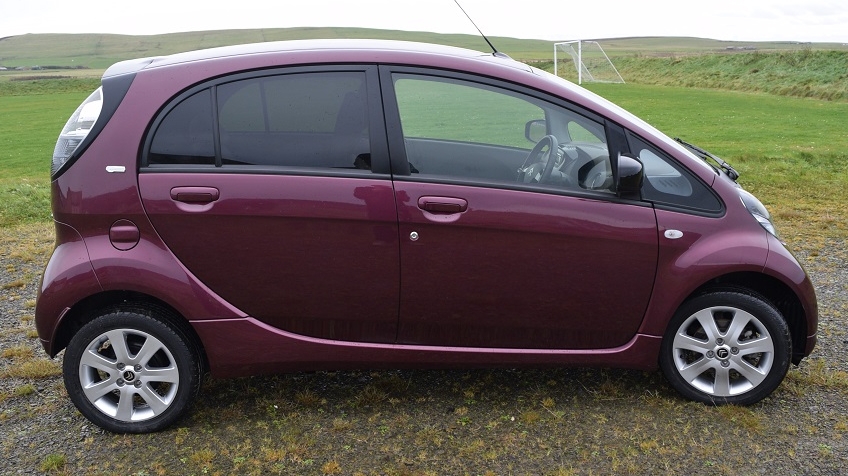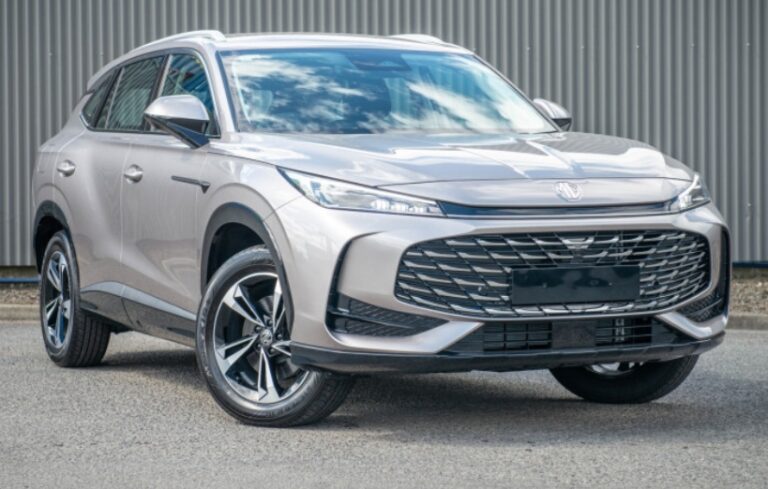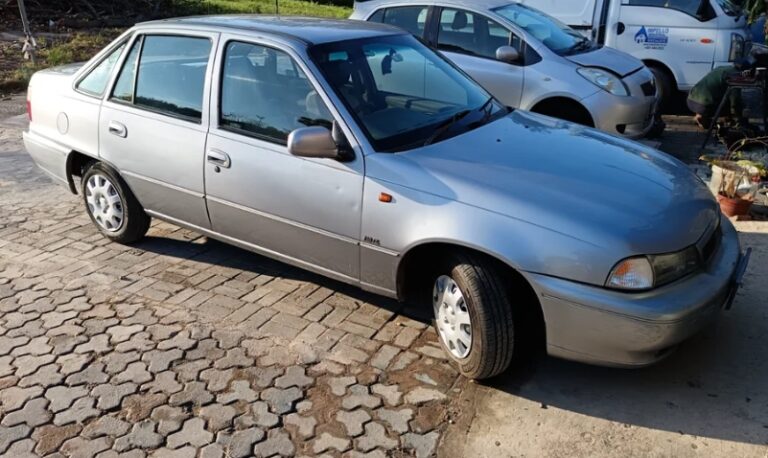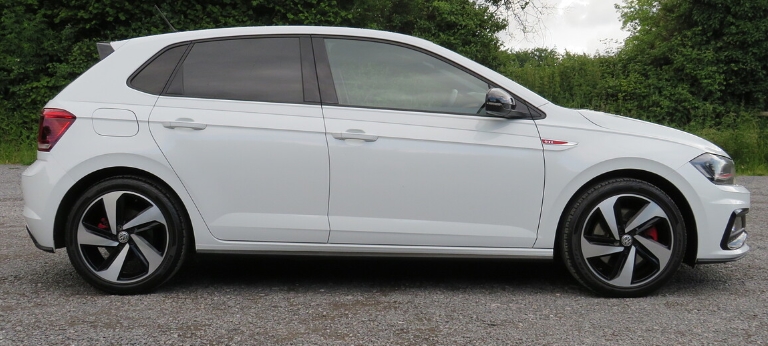The Quiet Revolution: Tracing the Evolution of the Citroën C-Zero
In the ever-evolving landscape of the automotive industry, certain vehicles emerge not with a roar, but with a whisper, signaling a significant shift in thinking. The Citroën C-Zero, a compact electric city car, falls squarely into this category. While it may not boast the dramatic styling or performance figures of its more flamboyant counterparts, its story is one of quiet innovation, a testament to Citroën’s early commitment to electromobility and a crucial stepping stone in the journey towards sustainable transportation. This article delves into the evolution of the Citroën C-Zero, tracing its production years, its singular model designation, and the subtle variations that defined its journey.
The Citroën C-Zero’s narrative is intrinsically linked to a global collaboration. While branded and sold by Citroën, its genesis lies in a partnership with Mitsubishi Motors. The C-Zero is, in fact, a rebadged version of the Mitsubishi i-MiEV (Mitsubishi Innovative Electric Vehicle), which itself was a pioneering effort in mass-produced electric vehicles. This collaborative approach was a pragmatic strategy for both manufacturers, allowing them to share the significant development costs associated with groundbreaking electric vehicle technology.
The Dawn of an Electric Era: 2010 – The C-Zero Arrives
The Citroën C-Zero officially entered the market in 2010. It was a bold move for a mainstream manufacturer at a time when electric vehicles were largely considered niche curiosities or futuristic concepts. The C-Zero was presented as a practical, eco-conscious urban runabout, designed for the discerning city dweller who prioritized efficiency and low emissions.
At its launch, the C-Zero was offered as a single model, undiluted by a complex array of trim levels. This simplicity was a deliberate choice, reflecting the vehicle’s straightforward purpose. The core philosophy was to provide a functional electric car without unnecessary complications.
Key characteristics of the early C-Zero (and indeed, throughout its production run) included:
Powertrain: A compact, rear-mounted electric motor powered the rear wheels. This configuration contributed to the car’s surprisingly good maneuverability and a tight turning circle, ideal for navigating congested city streets.
Battery: It featured a lithium-ion battery pack, which, by today’s standards, offered a modest range. Early figures typically cited an average range of around 93 miles (150 km) on a full charge, dictated by the NEDC (New European Driving Cycle) test. This was sufficient for most daily commutes and urban errands, but longer journeys required careful planning.
Charging: The C-Zero supported both standard charging (overnight charging at home) and a quicker charging option, allowing for a significant top-up in a shorter timeframe at compatible charging stations.
Design: The C-Zero possessed a distinctive, albeit somewhat unconventional, design. Its upright stance, compact dimensions, and relatively short wheelbase gave it a unique profile. The interior was functional and minimalist, prioritizing space and practicality within its small footprint.
Refinement and Consistency: The Years Following 2010
For the subsequent years of its production, the Citroën C-Zero remained remarkably consistent in its core offering. The single-model approach persisted, with Citroën choosing to focus on refining the existing package rather than introducing a wide range of derivatives. This strategy allowed them to streamline production and maintain competitive pricing for an emerging technology.
While there weren’t distinct “model years” in the traditional sense with significant overhauls, there were often minor updates and running changes implemented by Citroën and Mitsubishi. These typically involved subtle improvements to:
Battery Management Systems: Enhancements to optimize battery performance, longevity, and charging efficiency.
Software Updates: Improvements to the vehicle’s electronic control units (ECUs) for smoother operation of the motor, regenerative braking, and infotainment systems.
Interior Trim and Features: Minor adjustments to materials, upholstery, and available comfort features to maintain a sense of modernity. For instance, upgrades to the audio system, the introduction of different color accents, or improved insulation for a quieter cabin could have been implemented without a formal model designation change.
Exterior Details: Sometimes, subtle tweaks to alloy wheel designs or minor enhancements to body-colored trim could be observed.
It’s important to note that the C-Zero was never subjected to a full generational redesign during its production life. Its evolution was more organic, a continuous process of refinement rather than radical reinvention. This approach was common for vehicles in the early stages of a new technology, where manufacturers were keen to learn from real-world usage and adapt incrementally.
The C-Zero’s Place in the Market:
The Citroën C-Zero occupied a unique niche. Its primary competitors were other compact electric vehicles that were gradually emerging. The Mitsubishi i-MiEV was its direct sibling, and other early electric contenders included models like the Nissan Leaf and the later Renault Zoe.
The C-Zero appealed to a specific demographic:
Urban Commuters: Those who primarily drove short distances within cities and had access to charging at home or work.
Eco-Conscious Buyers: Individuals motivated by reducing their carbon footprint and embracing sustainable transport.
Fleet Operators: Businesses looking for cost-effective, low-emission vehicles for urban deliveries or staff transport due to reduced running costs (electricity versus fuel, lower maintenance).
Early Adopters: Technology enthusiasts and forward-thinkers who were eager to experience the future of automotive mobility.
While the modest range and relatively higher purchase price (compared to equivalent internal combustion engine cars) were limitations, the C-Zero offered compelling advantages:
Zero Tailpipe Emissions: Crucial for improving urban air quality.
Low Running Costs: Significantly cheaper to “fuel” with electricity than gasoline, and with fewer moving parts, maintenance was generally less expensive.
Quiet Operation: Contributing to a more peaceful driving experience and reducing noise pollution in cities.
Government Incentives: Many countries offered subsidies and tax breaks for electric vehicle purchases, making the C-Zero more accessible.
.
THIS is GOOD stuff if your car is in need:

.
The Decline and Legacy:
The Citroën C-Zero, along with its Mitsubishi i-MiEV parent, was produced for approximately a decade. Production gradually wound down, with the last vehicles being sold around 2020. The reasons for its discontinuation are multifaceted.
Firstly, electric vehicle technology advanced rapidly. Batteries became more energy-dense, offering significantly longer ranges. Motors became more powerful, and charging infrastructure improved dramatically. Newer electric cars offered a more compelling proposition for a wider range of buyers.
Secondly, Citroën’s own electric vehicle strategy evolved. The brand began introducing its own distinctively designed electric models, such as the highly successful Citroën C5 Aircross Hybrid and later, fully electric versions of popular models like the Citroën C4 and the Citroën Ami (though the Ami is a different category of vehicle). These vehicles, while not direct replacements for the C-Zero, represented Citroën’s expanding commitment to electrification with more modern designs and capabilities.
Despite its relatively brief and uncomplicated production run, the Citroën C-Zero leaves behind a valuable legacy. It was a tangible manifestation of Citroën’s willingness to embrace and contribute to the nascent electric vehicle revolution. It proved that a capable and practical electric car could be offered to the mainstream market, even if it was at the forefront of a technology still finding its footing.
The C-Zero’s evolution was characterized by its singularity. It was a testament to a focused approach, delivering a single, well-defined product that catered to a specific need. While other manufacturers diversified their EV offerings with multiple models and trim levels, Citroën’s strategy with the C-Zero was to refine and perfect a single, pioneering concept. Its journey, from its 2010 inception to its quiet departure around 2020, represents a crucial chapter in the history of electric mobility, a testament to the power of collaboration, and a step forward in the ongoing pursuit of cleaner, more sustainable transportation. The C-Zero may have been a quiet revolution, but its impact on paving the way for the electric vehicles we see today is undeniable.







